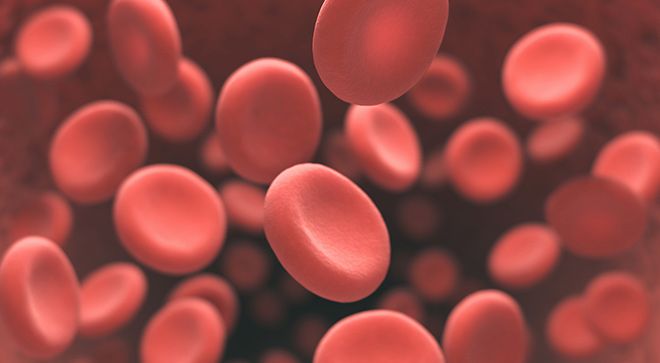Article
Experts Share Recommendations on Managing Cancer During COVID-19 Pandemic
Author(s):
The COVID-19 pandemic will continue to alter how patients with cancer receive their treatment, and experts within the United States who saw the virus strike early are offering their advice to other hospitals just starting to feel the effects.
When the COVID-19 pandemic reached the United States one of the first states to feel its impact was Washington, drastically changing the lives of those in the state and its major metropolitan area. Now that the virus has spread to all 50 states and U.S., territories experts from the Seattle Cancer Care Alliance are looking to share the lessons that they have already learned from treating people with cancer during the outbreak, and how cancer hospitals can adjust to the unique demands.
Through the Journal of the National Comprehensive Cancer Network, the Seattle Cancer Care Alliance is planning to share a peer-reviewed article that highlights tactics to screen and handle patients to help contain the outbreak as well as laying out vital chains of communication within the hospital.
“The COVID-19 pandemic is impacting every facet of our global and domestic societies and health care systems in unprecedented fashion,” Dr. Robert W. Carlson, chief executive officer of the National Cancer Comprehensive Network, said in a press release. “People with cancer appear to be at increased risk of COVID-19, and their outcomes are worse than individuals without cancer. As is the nature of the NCCN Member Institutions, they are sharing their experience in organizing and managing institutional and care systems responses and best practices in this rapidly evolving global effort.”
One of the key recommendations from the article is the establishment of an Incident Command Structure to ensure all channels of communication between staff and patients alike remain open through the pandemic. They also believe this will provide a benefit to coordinating within the institution to respond to the information that is rapidly changing.
The Incident Command Structure calls for a unified command headed by an incident commander, community site incident commander, and an inpatient incident commander with multiple levels underneath them creating a chain of command. According to the authors, this will make sure everyone knows what their responsibilities are at all times and who to contact with pertinent information.
The authors are also warning cancer centers to expect and anticipate challenges such as staff shortages (whether from exposure or school closings), limitations on vital resources (like hospital beds and mechanical ventilation), and reduced access to international donors for allogenic stem cell transplantation due to travel bans.
In order to meet these challenges, the authors are asking that hospitals be proactive by restricting travel and enable work-from-home where possible, move some procedures to outpatient, as well as reschedule well visits and second opinions. Many hospitals are already looking to telemedicine to conduct appointments that are not necessary for patients to come into the hospital for a visit. Moreover, the authors recommend sending information to patients online and often.
Clinicians are also recommended to have proactive and open talks with their patients about palliative concerns for patients with cancer who may have been exposed to COVID-19 and could become infected. The disease can be more severe in those who are immunocompromised, like patients with cancer.
As the information drastically changes, the NCCN is gathering all documents from leading cancer centers and making them available, along with drafting their own guidelines to help inform cancer centers on their next steps.
2 Commerce Drive
Cranbury, NJ 08512
All rights reserved.




